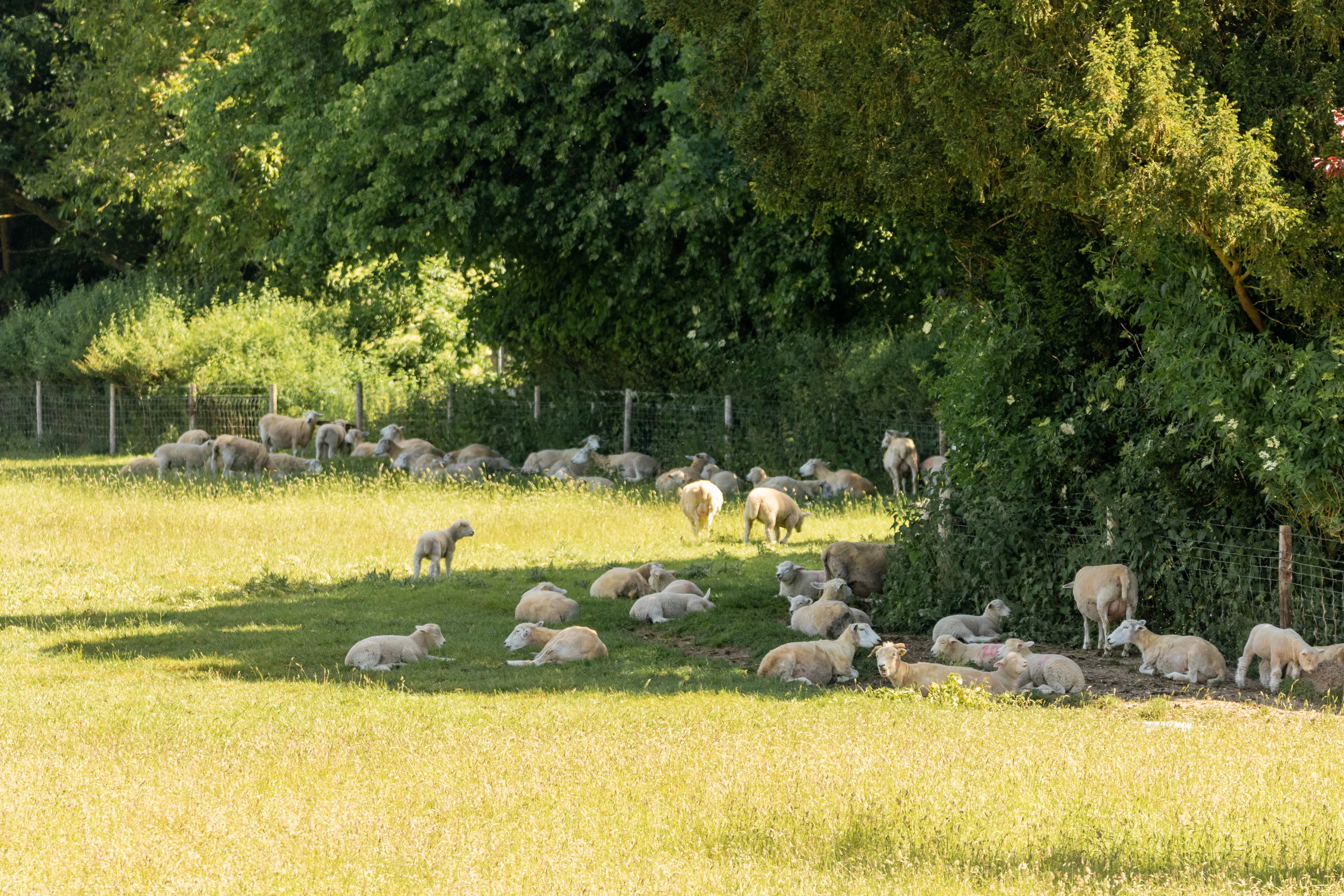Information for farmers, landowners and land managers
Farmers, landowners and land managers are especially important stakeholders in the Shropshire and Telford & Wrekin Local Nature Recovery Strategy (LNRS). They're already working with nature in mind, and the LNRS aims to support and build on these efforts.
The LNRS is non-regulatory. It:
- Doesn't mandate land use change
- Doesn't impose restrictions on development
- Doesn't designate new protected areas
- Doesn't exclude action outside of mapped priorities
Defra has set out how it expects the LNRS to be used in a guidance note.
Funding
The LNRS will help to direct government funding streams – including those for farmers and landowners.
The best source of funding for landowners and land managers is via agri-environment schemes. The Gov.UK website has a wealth of information about the grants that are currently available.
For farmers and landowners in the Shropshire Hills National Landscape, have a look at the Farming in Protected Landscapes Fund to see if your plans could be eligible for funding.
Developers and landowners may qualify for a 15% ‘strategic significance’ uplift in biodiversity net gain units (see below).

Planning and development
The LNRS isn't a planning designation, and it isn’t designed to change land use by itself. But it does incentivise nature-friendly development by interacting with the planning process in three important ways:
- Public authorities must use LNRS maps and priorities to inform site allocations and planning decisions. Current local planning policy for Shropshire and Telford & Wrekin doesn't refer directly to the LNRS, but future iterations will be required to do so.
- Planning policies can require LNRS-aligned outcomes in landscape planning.
- Under the mandatory biodiversity net gain (BNG) requirement for developments, developers and landowners may qualify for a 15% ‘strategic significance’ uplift in biodiversity net gain units if they create or enhance habitat in line with LNRS priorities, within LNRS priority areas. This will benefit both individual developments and land managers looking to diversify their incomes. Visit the Gov.UK website for more information on BNG.
Key opportunities for farms and farming
Priority 1: Enhance nature alongside food production
- A1.1 - establish farmer groups
- A1.2 - enhance soil health and nature on arable land
- A1.3 - enhance soil health and nature on pastures
- A1.4 - create, restore and manage nature-rich farmland mosaics
Priority 2: Restore, enhance, expand and appropriately manage the hedgerow network
- A2.1 - restore and manage the existing hedgerow network
- A2.2 - create more connectivity in the landscape by establishing new hedgerows
Priority 4: Restore peatland and wetland mosaics
- A4.4 - target regularly flooded land for wetland creation and grazing marsh
Priority 5: Create, restore and manage ponds, glacial pools and meres
- A5.1 - enhance existing ponds, pools and meres
- A5.2 - create new ponds
Priority 7: Safeguard and enhance veteran trees
- A7.1 - identify, appropriately manage and safeguard the future of veteran trees
- A7.2 - secure continuity of veteran trees in the landscape
Priority 9: Restore and expand nature-rich woody habitats
- A9.1 - restore and expand wood pasture
- A9.4 - establish new, and safeguard traditional, orchards
- A9.5 - plant more trees in the farmed landscape
Priority 10: Restore, connect and expand species-rich grasslands across the county
- A10.1 - set up infrastructure to support grassland restoration and creation
- A10.2 - safeguard and enhance traditional hay meadows and other existing species-rich grasslands
